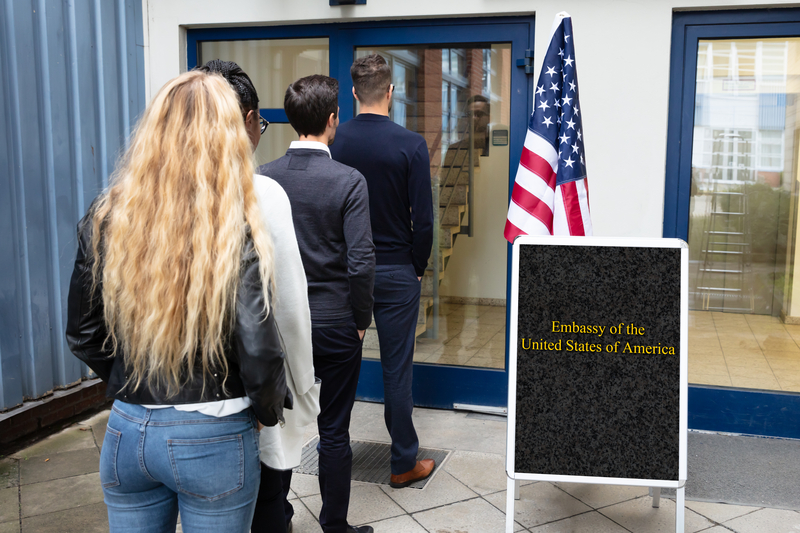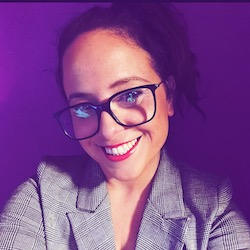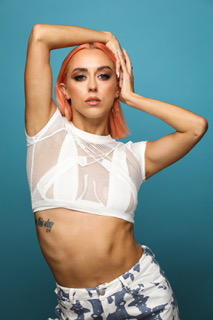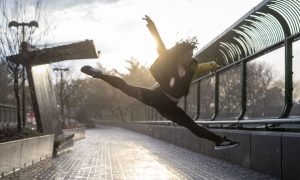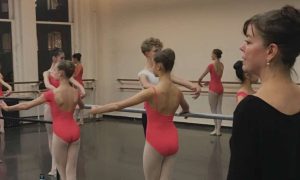Acquiring an O-1B artist visa in the United States can seem challenging, scary and mysterious. Dance Informa recently had the opportunity to speak with lawyer Rachel Wool and one of her dancer clients who helped demystify the application process. Hear from them firsthand below.
Rachel Wool, Immigration Lawyer:
The term ‘visa’ can be intimidating in itself, an intimidation which is only amplified by adding the word ‘artist’ to the front of it. What exactly is a visa anyway, and what makes an artist visa such a coveted, and often difficult, thing to acquire?
“A visa is an authorized document that allows the bearer to lawfully enter the country. The most popular type of visa for dancers who want to work in the United States is the O-1B visa. This is a non-immigrant visa, which means it is temporary in nature. It is designed for ‘individuals with an extraordinary ability in the arts or extraordinary achievement in the motion picture or television industry.’
The difficulty lies in displaying this extraordinary ability and achievement via ample documentation. Some general qualification requirements include having a U.S. petitioner (usually a dance agency), a job offer and solid evidence (media articles, proof of high salary, reference letters) demonstrating O-1 eligibility. The record must include a minimum of three types of documentation corresponding to those listed in the regulations, or comparable evidence in certain circumstances. Learn more about the regulations here.”
Do you specialize in working with dancers? If so, how did you end up in that position?
“I absolutely love dance, and I do have a lot of dancer clients. I danced when I was younger but never had the talent to pursue it as more than just a hobby. When I fell in love with immigration law, I was excited to have the opportunity to support dance artists through my work.”
What is the most common challenge that dancers face when pursuing a United States artist visa?
“One of the most common challenges can be securing job offers that last three years, since three years is the maximum amount of time an artist can get each time they apply. A qualified artist gets approved for the duration of the project(s); so, if you only have a job offer for one year, you only get a one-year visa. The ideal goal is three years, but in the arts, it can be difficult to predict what you will be doing so far into the future. COVID has further complicated job predictability, but there seems to be a light at the end of the tunnel now that the U.S. is loosening restrictions.”
How has COVID complicated the artist visa application process?
“For the first one-and-a-half years of COVID-19, several embassies around the world closed, making it difficult for artists to have their visa interviews. Some countries also required certain foreign nationals to obtain a National Interest Exception (NIE) to travel to the United States even if USCIS already approved their O-1 visas. As of November 8, 2021, the Biden Administration has implemented a new international air travel policy, which allows vaccinated foreign national travelers into the U.S., although there are some exceptions. More information about current travel conditions can be found here.”
Can you give a tip or two to artists around the world who are considering applying for an O-1 visa? What insider knowledge can you share about ways to successfully receive one?
“One crucial tip is to start early – anywhere from six months to a year before you want your visa to start – and know what is required in advance. With that said, don’t feel like you need to do everything on your own, and be sure to talk to a lawyer before beginning the process in earnest so you aren’t duplicating work that you’ll ultimately need to pay a professional to do.
Another tip, and I know it sounds cheesy, is to believe in yourself. The most important element about being extraordinary is believing you are. I also recommend waiting to apply until you’re really ready. The process is time-consuming, and while you can always reapply, having your request denied is emotionally and financially taxing, so you should apply when you’re ready to put your best foot forward. If you want it, it will happen, but timing is everything. It’s also worth noting that the U.S. artist visa is perhaps the most competitive in the world, and if your visa does get denied, looking into other countries like Canada whose process is less intensive could be a good option.”
Justine Gera, two-time O-1 visa recipient:
Tell us about the process of acquiring your 0-1 visa. What are the biggest steps you had to take? How did you get started with the process?
“First, you must acquire an immigration lawyer! They will lay out exactly what you need to do to have a very strong package. I would say the biggest step of the whole process is to find a deal memo (guaranteed job). Another huge step is being signed to an agency. I have heard of a few dancers who got their visas before they were signed, but that’s usually not the case. I would also recommend spending time in the place you want to live/work first. Make connections, meet with agencies. These are the people who are going to potentially make your visa application stronger, so taking the time to see if that is possible first is a must in my opinion.”
Can you share any hoops you had to jump through and any insights about the process that might help other dancers applying for a visa?
“The best advice I can give is to save everything. Pay stubs, job descriptions, articles about the job you did or about yourself, and photos. Any proof of work in the dance industry is an asset to your visa application. I started keeping track of everything I have ever done dance/work wise at a young age because I always knew I wanted to apply for my O-1. However, if you have not done that, Google is your friend, and I am sure you can find information about things you have done in the past.”
How was your second go-round different from your first application process? Did COVID cause any added challenges for acquiring your second artist visa?
“My second application (renewal) was easier in the sense that I knew what to do, but it was definitely harder because of COVID. Applying for your visa is a big expense, especially if you want to do it correctly by hiring a lawyer to help you. So, in short, I really had to hustle! Both times, my visa was approved in three weeks. This is somewhat unusual, and you can normally expect at least one to six months to find out your status. It all depends on who receives your package and when.”
Congratulations on being approved for another three years! What are your plans and goals during your next three years in the states? What are you up to professionally?
“Thank you! Over the next three years, I want to be dancing for artists, whether that be in live performances, music videos and/or on tour. I also really enjoy the creation process. So, really, I am up for anything. I am always working to keep making connections and to do my best every single day, whether it be in training, auditioning, teaching or working as an assistant choreographer. Life is busy, but I do still feel quite balanced. I wouldn’t have it any other way.”
For more information on Rachel Wool and immigration lawyers, visit rachelwool.com. You can follow Justine Gera on Instagram: @justinegera.
By Charly Santagado of Dance Informa.


